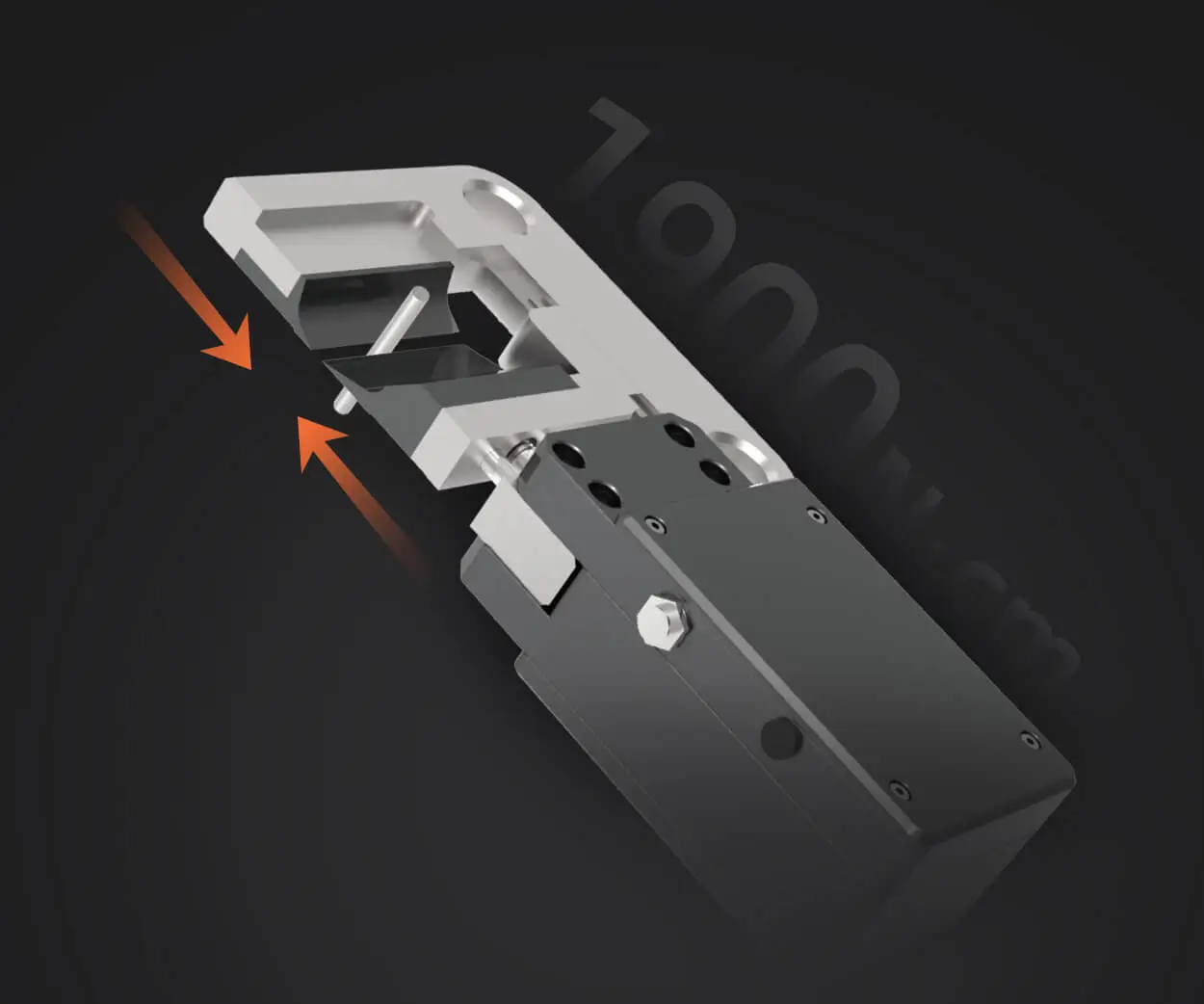In today’s rapidly evolving digital landscape, microservices have become the go-to architecture for many businesses. But when it comes to sharing data across services, things can get complicated. How do we ensure that microservices communicate effectively without slowing down the entire system? How do we keep data consistent and accessible, while maintaining high performance? That’s where understanding data-sharing principles becomes crucial.

Let’s start with the basics. In microservices, each service is designed to be independent, with its own database, logic, and API. While this brings many advantages—like flexibility and scalability—it also introduces challenges when it comes to data sharing. You can’t just let each service have its own version of the data. You need a way for services to talk to each other, share information, and stay in sync.
One common method is the event-driven architecture. Instead of having every service directly query a centralized database, events are emitted when something happens in one service. Other services that care about this event can listen for it and react accordingly. For example, when a user places an order, the order service emits an event, and the inventory service updates stock levels automatically. This creates a seamless flow of data without unnecessary coupling between services. It also keeps everything fast and responsive.
But event-driven isn’t always the perfect fit. Sometimes, services need to make real-time requests to each other. In these cases, synchronous communication—using REST APIs or gRPC—becomes more suitable. The key is knowing when to use each method based on your needs. Event-driven communication is great for asynchronous tasks, while synchronous communication is often better when you need immediate data.
What about consistency? Ensuring data consistency is one of the trickiest parts of microservice architectures. After all, if one service has outdated or incorrect data, it can affect the whole system. The solution lies in the concept of eventual consistency. Unlike traditional databases where everything is updated in real-time, in a microservice architecture, data is allowed to be slightly out of sync for a short period. As long as the data eventually reaches consistency, everything should work smoothly.
You may be wondering: how do we avoid conflicts when multiple services update the same data at the same time? This is where versioning comes into play. By assigning a version number to each piece of data or API call, you can keep track of changes and avoid data corruption. If two services try to update the same data at the same time, the system can identify the conflict and resolve it in a predictable way.
Let’s not forget about data security. With multiple services handling data, security becomes even more critical. You need robust measures like encryption and secure APIs to ensure that data isn’t exposed during transit. Authentication and authorization protocols are key here, as they ensure that only authorized services and users can access sensitive information.
Finally, microservices data sharing is not just about the technical details. It’s also about collaboration. Different teams may own different services, and they need to work together to ensure smooth data flows. Clear communication and well-defined contracts between services can go a long way in making sure the system functions as a cohesive whole.
In short, sharing data between microservices is all about making the right decisions for your system’s needs. It’s about balancing performance, consistency, and security while ensuring that services can communicate efficiently without becoming too tightly coupled. By keeping these principles in mind, you’ll be on your way to building a robust, scalable, and efficient system that can handle even the most complex data-sharing challenges.
Established in 2005, Kpower has been dedicated to a professional compact motion unit manufacturer, headquartered in Dongguan, Guangdong Province, China. Leveraging innovations in modular drive technology, Kpower integrates high-performance motors, precision reducers, and multi-protocol control systems to provide efficient and customized smart drive system solutions. Kpower has delivered professional drive system solutions to over 500 enterprise clients globally with products covering various fields such as Smart Home Systems, Automatic Electronics, Robotics, Precision Agriculture, Drones, and Industrial Automation.




































